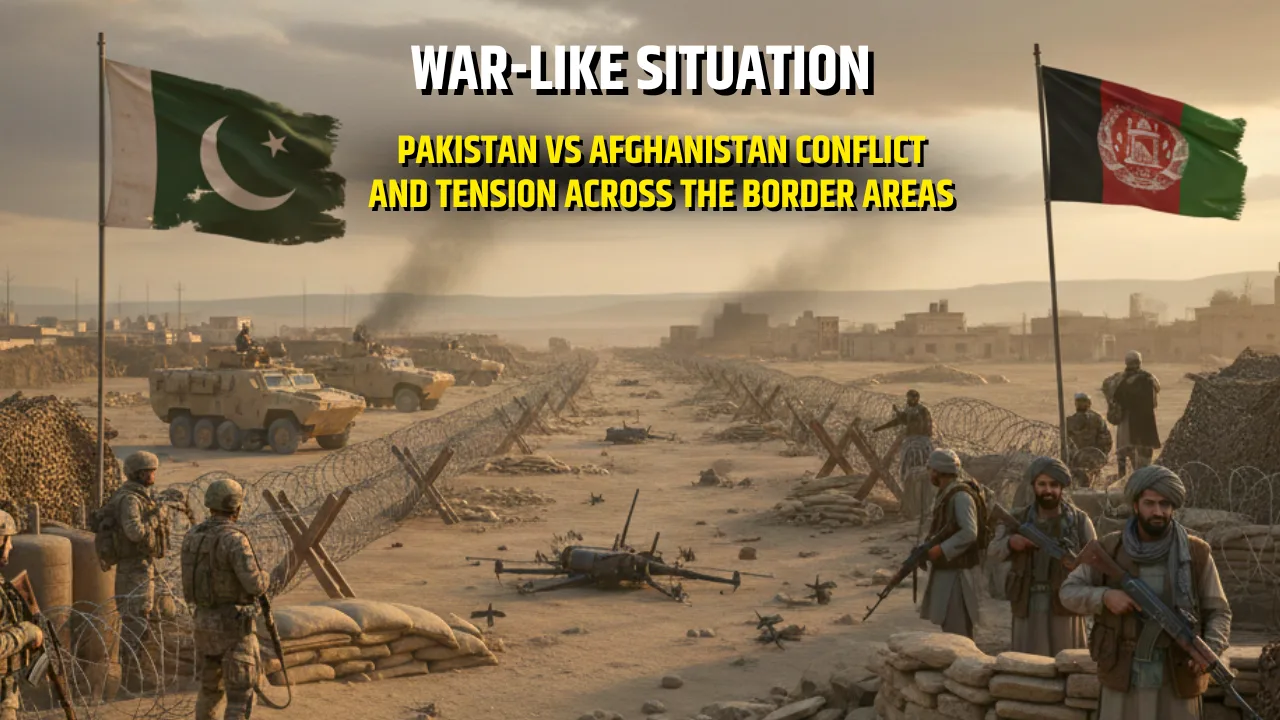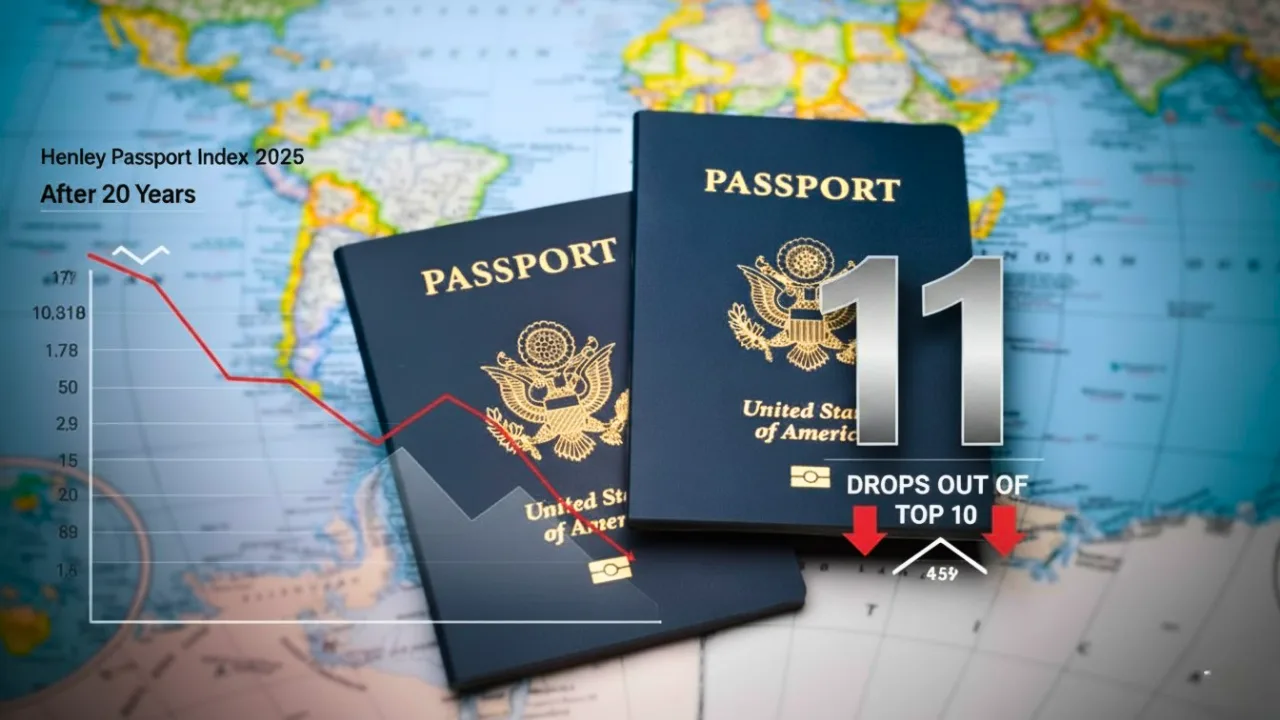The year 2025 has seen the simmering tensions between Pakistan and Afghanistan boil over into a deeply concerning, war-like situation. Once strategic allies, Islamabad and Kabul are now locked in their most intense cross-border conflict in years. This escalating hostility is more than a simple border spat; it’s a profound crisis rooted in the history of the Durand Line, the resurgence of militant groups like the Tehrik-i-Taliban Pakistan (TTP), and clashing national security interests.
The recent flurry of deadly cross-border clashes, including retaliatory airstrikes and artillery fire, signals a dangerous deterioration of relations. For both nations, this Pakistan vs Afghanistan conflict and tension represents a severe challenge to their domestic and regional stability. This analysis delves into the core issues driving the crisis, examines the recent escalations, and looks at the perilous path ahead.
The Core Causes of Pakistan vs Afghanistan Conflict and Tension
Understanding the current volatile environment requires a look at the deeply entrenched, multifaceted causes of the friction. These issues have created a perfect storm for the 2025 conflict.
1. The Undefinable Durand Line Dispute
At the heart of the Pakistan vs Afghanistan conflict and tension is the controversial Durand Line, the 2,670-kilometer colonial-era border. Afghanistan has historically refused to recognize this line as a legitimate international boundary, claiming a historical right over Pashtun-majority regions in Pakistan.
- Sovereignty Challenge: The Afghan government, including the current Taliban administration, views Pakistan’s efforts to fence the border as a violation of Afghan sovereignty, which often leads to clashes between border forces.
- Identity Politics: The issue fuels Pashtun nationalism on both sides, making the border region highly sensitive and contested territory.
2. The TTP Sanctuary and Cross-Border Terrorism
Pakistan’s primary grievance, and the main trigger for the most recent violence, is the alleged presence of TTP (Pakistani Taliban) militants on Afghan soil. Pakistan accuses the Afghan Taliban administration of providing safe havens for the TTP, which has intensified its attacks inside Pakistan since the Taliban’s return to power in 2021.
- Rising Casualties: Statistics reveal the severity of the threat: According to a report by the Centre for Research and Security Studies (CRSS), if the trend continues, 2025 could be one of the deadliest years in Pakistan, following at least 2,546 fatalities in 2024.
- The October 2025 Flashpoint: The recent escalation in October 2025 was directly linked to Pakistan’s reported airstrikes inside Afghanistan, which aimed to target TTP leadership, followed by the Afghan Taliban’s military retaliation.
3. Shifting Geopolitics and Strategic Distrust
The relationship has profoundly soured since 2021. Pakistan, which historically supported the Afghan Taliban, expected cooperation in counter-terrorism. Instead, Kabul has prioritised domestic legitimacy and distanced itself from Islamabad, refusing to act decisively against the TTP.
- “Strategic Depth” Failure: Islamabad’s long-standing policy of seeking “strategic depth” in Afghanistan has backfired, creating a less compliant, more assertive neighbor.
- External Factors: The crisis also has regional implications, with analysts noting the timing of the October 2025 clashes coincided with visits by Afghan and Pakistani officials to other regional powers, hinting at the potential for external actors to become involved.
The War-Like Scenario in 2025: Key Developments
The current confrontation is characterized by bold military actions that move beyond standard skirmishes, leading to the description of a “war-like situation.”
A. Escalating Military Actions
The October 2025 events showcased a clear escalation of military response from both sides:
- Pakistani Airstrikes: Unacknowledged strikes reportedly targeted areas far from the border, including Kabul, marking a significant violation of Afghan sovereignty. The target was reportedly the TTP chief, Noor Wali Mehsud.
- Afghan Retaliation: The Afghan Taliban responded by attacking multiple Pakistani military posts along the border, with both sides claiming to have inflicted heavy casualties.
- Border Closures: Essential border crossings like Torkham and Chaman were shut down amid the fighting, crippling trade and humanitarian access.
B. Humanitarian and Economic Fallout
The human cost is mounting. Beyond the military casualties, civilian lives have been lost, and thousands of residents have been displaced, particularly in the border regions like Spin Boldak. The border closures are devastating for commerce and Afghan reliance on transit through Pakistan. The uncertainty also threatens major regional infrastructure projects, such as those connected to the China-Pakistan Economic Corridor (CPEC).
Also Read: US Fighter Jets Intercept Russian Warplanes Near Alaska – Rising Tensions in 2025
The Path Forward: Avoiding a Full-Blown Conflict
A full-scale war between nuclear-armed Pakistan and a battle-hardened Afghanistan would be catastrophic for the entire South Asian region. Diplomacy, though strained, remains the only viable off-ramp.
The Diplomatic Tightrope
Both sides have called for restraint, yet the rhetoric remains inflammatory. Key steps for de-escalation must involve:
- Dialogue on TTP: Pakistan needs to present irrefutable evidence of TTP presence and jointly develop an effective, verifiable mechanism with the Taliban to dismantle these sanctuaries.
- Durand Line De-militarisation: A mutual agreement to reduce military presence along the contested border and resume civilian-to-civilian contact and trade.
- Regional Mediation: The involvement of neutral regional powers like China, Qatar, or Saudi Arabia may be necessary to broker a sustained ceasefire and a long-term political understanding.
The words of Afghanistan’s Foreign Minister, Amir Khan Muttaqi, who warned in October 2025 that Kabul has “other options” if peace efforts with Pakistan fail, underscore the precarious state of affairs. While the likelihood of a conventional war remains low, the potential for a prolonged low-intensity conflict, fuelled by militant groups, is alarmingly high.
Conclusion: Averting Regional Disaster
The Pakistan vs Afghanistan conflict and tension in 2025 is a critical test of regional diplomacy and counter-terrorism cooperation. The war-like situation is a direct consequence of historical baggage, the undisputed Durand Line, and the enduring threat posed by the TTP. For the stability of South Asia, and the millions of people who live along this volatile border, both Islamabad and Kabul must step back from the brink.
The immediate need is a verifiable, sustained ceasefire followed by structured dialogue that addresses the core grievances on both sides.
FAQs
Q1: What is the main reason for the latest escalation in the Pakistan vs Afghanistan conflict?
The immediate trigger for the October 2025 escalation was Pakistan’s reported airstrikes inside Afghan territory, which Pakistan stated were targeting hideouts of the Tehrik-i-Taliban Pakistan (TTP). The Afghan Taliban responded by launching retaliatory attacks on Pakistani border posts.
Q2: Does the Afghan Taliban officially recognize the Durand Line as the border?
No, the Afghan Taliban, like all previous Afghan governments, does not recognize the Durand Line as the official international boundary between the two countries. This border dispute is a long-standing source of Pakistan vs Afghanistan conflict and tension.
Q3: What is the TTP and how does it relate to the Afghan Taliban?
The TTP (Tehrik-i-Taliban Pakistan) is a separate, Pakistani-focused militant group that shares a common ideology and ethnic base with the Afghan Taliban. Pakistan accuses the Afghan Taliban of allowing the TTP to use Afghan soil as a safe haven to plan and launch attacks inside Pakistan.
Q4: Are there any external powers involved in mediating the 2025 conflict?
While not official mediators of the active fighting, regional powers like China, Qatar, and Saudi Arabia have interests in regional stability and have reportedly urged both sides to de-escalate the border conflict and return to dialogue.
Q5: What impact has the conflict had on trade and humanitarian aid?
The escalated conflict has led to the closure of major border crossings like Torkham and Chaman. This has severely impacted bilateral trade and significantly hampered the transit of humanitarian aid into Afghanistan, worsening the economic and humanitarian situation.















